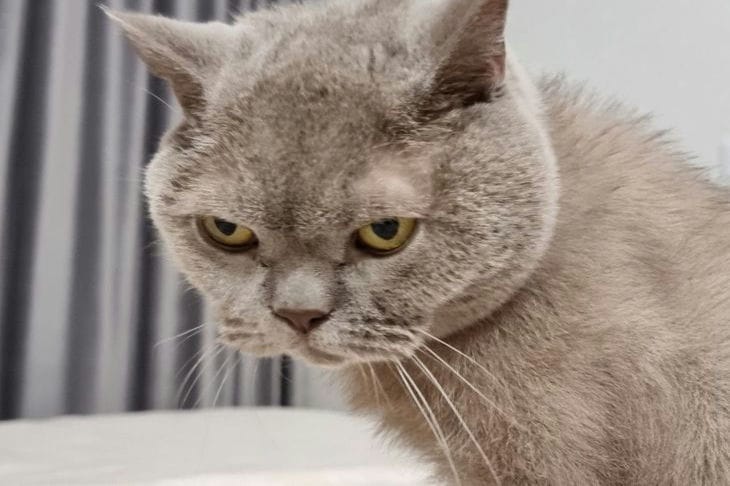Secrets of cats: what does the position of the tail say?
A cat's tail can express everything from joy to irritation. It's a mood barometer of sorts, helping you understand what's going on in your purring companion's mind.
Learn how different tail movements and positions reflect a cat's emotional state, and how this knowledge can help us better understand and care for our furry friends.
Tail held high
When a cat walks with its tail up, it is usually confident and friendly. You can approach it and play with it or pet it. It is also a friendly greeting between cats.
Question mark
When the tail is held straight but curved at the end like a question mark, the cat is happy and quite friendly. This is an invitation to petting or play.
Lowered
When a cat holds its tail lower than its back, it feels excited or afraid. The lower the tail, the more afraid it is. Alternatively, it may feel pain.

Fluffy
A cat with this tail position is scared and feels threatened. Depending on how tense she is, she may have an arched back. This signals that you should back away and give her space.
Swinging
The cat is usually angry or irritated, depending on how much it flaps its tail. Sometimes it thumps its tail on the floor. In this case, it is better to leave the cat alone.
Swinging
If the tail, especially the tip, sways slightly from side to side and is held down, this usually indicates intense concentration, such as when the cat is tracking prey.
She may also feel unsure about something and try to decide whether to check it out or hide.
Trembling
A twitching tail can mean that the cat is happy and excited to see a person. If the tail twitches when it is raised and rests its back on a surface, it means that the cat is marking its territory.
Tightly wrapped around the body
If a cat lies or sits with its tail tightly wrapped around its body or paws, this may indicate that it is feeling unwell, in pain, or frightened.
If this continues for more than 24 hours, you should consult a veterinarian to rule out illness or pain.
Wraps its tail around a person's legs
Think of it like a hug from a cat. When two cats “hugging” each other with their tails, it is an affectionate and positive interaction.
Earlier we talked about how to please a cat .
